Why Is My Hotspot So Slow?
Drained mobile data is one of many reasons your hotspot underperforms.

- Mobile hotspots offer a convenient way to access the internet on your devices on the go, but you may experience slow speeds at times.
- Hotspots can be slow for multiple reasons, and there are several easy ways to speed up your hotspot.
- Your device settings, hotspot placement, data plan, cell reception, and the time of day can all impact your hotspot speeds.
Whether you use a mobile hotspot while traveling, during an unexpected internet outage, or at that one coffee shop in your neighborhood that doesn’t have Wi-Fi, hotspots come in handy in a variety of situations. Hotspots, however, can sometimes lag and produce slow internet speeds on your devices. Rather than living with these creeping connections, follow our guide for all the simple tips and tricks you need to improve your mobile hotspot speed.
Our Videos on How to Speed Up Your Hotspot
Prefer to watch and follow along? Check out our videos, split into two parts below:
How to Improve Hotspot Speeds
- Restart your devices
- Check data allowance
- Optimize your device settings
- Check your cell reception
- Avoid peak usage times
- Don’t let your device overheat
- Consider your hotspot placement
- Tried everything and still have a slow hotspot?
Restart Your Devices
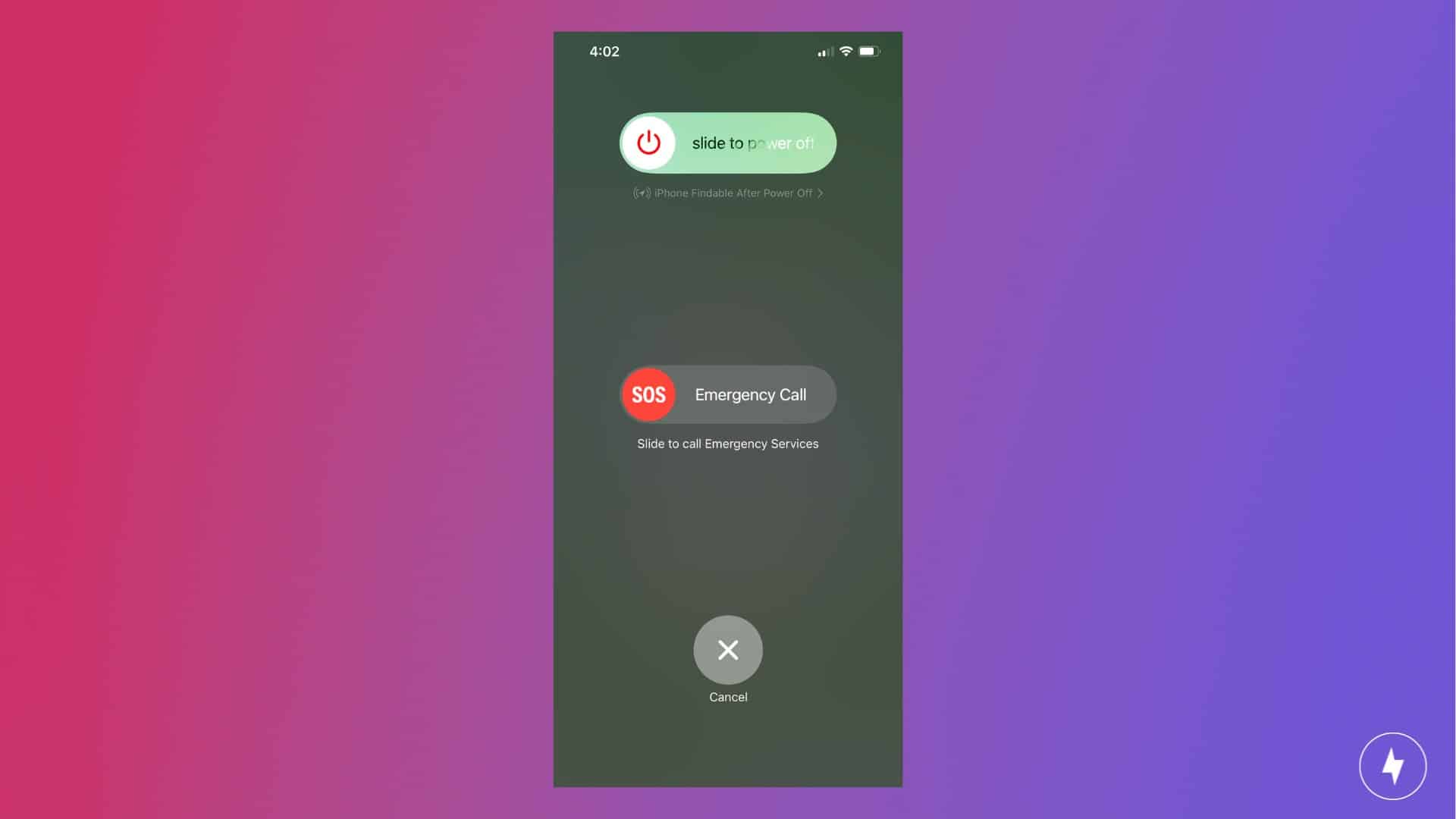
Improving your hotspot speed could be as simple as powering down your devices and then turning them back on. Have you ever heard the phrase, “Have you tried turning it off and on again?” Sometimes our phones, laptops, and other devices just need a fresh start after a long period of hard work. Restarting your devices can reset them and clear out any glitches or issues that could slow down your speed. Make sure to restart both the device you’re using as a hotspot and the devices connecting to your hotspot.
Check Your Data Allowance

Your hotspot may be slow because you’ve run out of data on your mobile plan. Even if you have a plan that advertises unlimited data, mobile companies typically throttle your speeds after you use a certain amount of data. Be sure to read the fine print on your mobile plan and check your data usage. To avoid the frustration of discovering you’re out of data when you need it most, you can monitor your data usage throughout the month.
Track Your Data: Many carriers offer data alerts that will notify you when you’re close to reaching your monthly data cap. Numerous mobile apps can also track your data usage in real time, or you can check your data usage manually on your device or carrier’s website.
Optimize Your Device Settings
You can make several adjustments to your phone’s settings to boost hotspot speeds. Below are all the changes you can make in just a few simple steps.
Close Apps You’re Not Using
When several apps are open on your phone simultaneously, it divides its resources among several tasks. By closing apps you’re not using, you can improve your phone’s performance and help it focus on the functions you want — like your hotspot. It may sound simple, but just closing all your unused apps could boost your hotspot speed.
Turn Off Low Power Mode
Your phone’s Low Power Mode can negatively impact your mobile hotspot performance, since it takes priority away from certain activities to keep your phone’s core functions working. It’s best to turn the setting off while using your hotspot. Below we’ll share how to turn it off on iPhone and Android devices.
On an iPhone
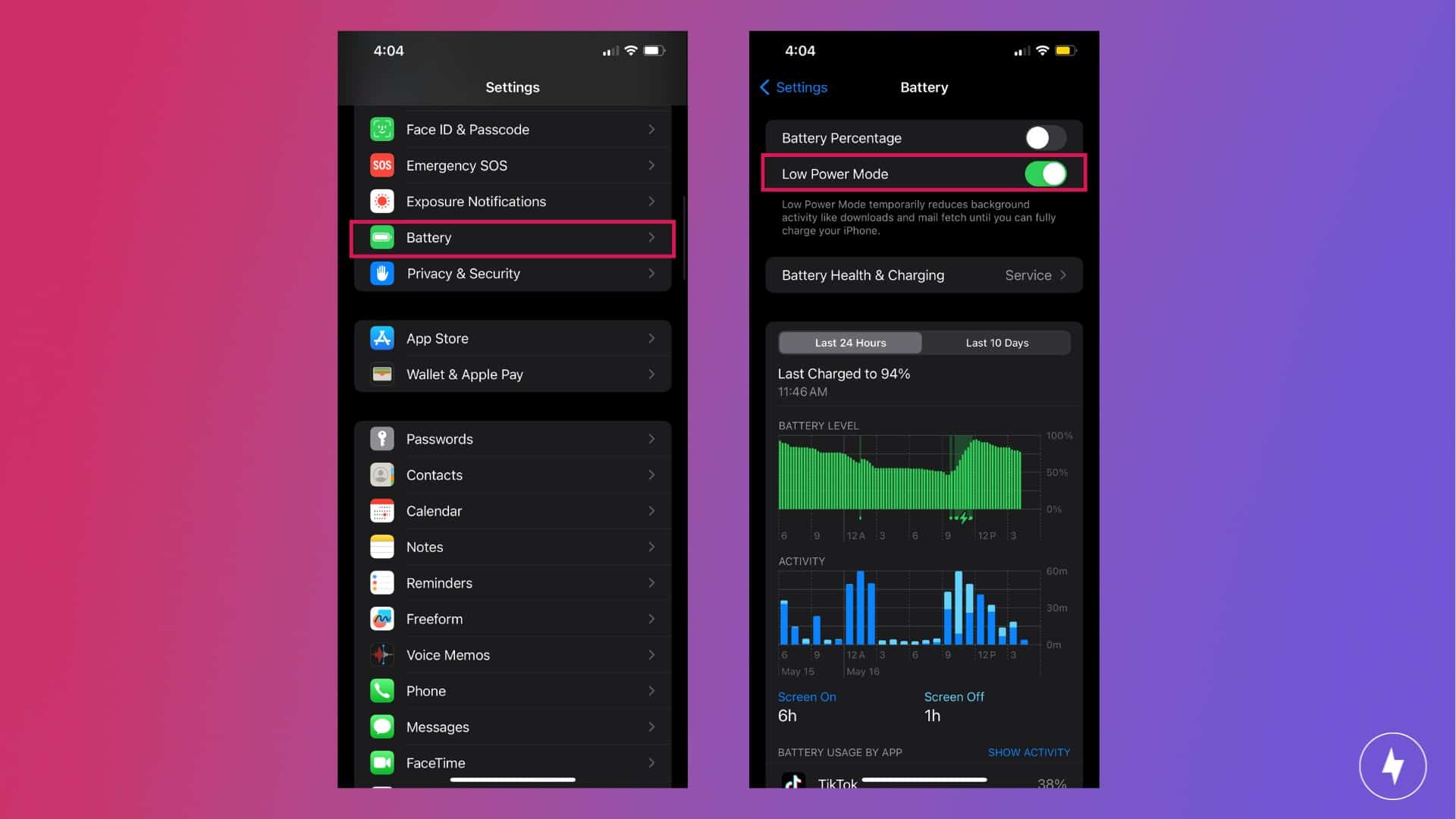
- Open Settings, scroll down, and tap Battery.
- Toggle off the Low Power Mode setting.
On an Android
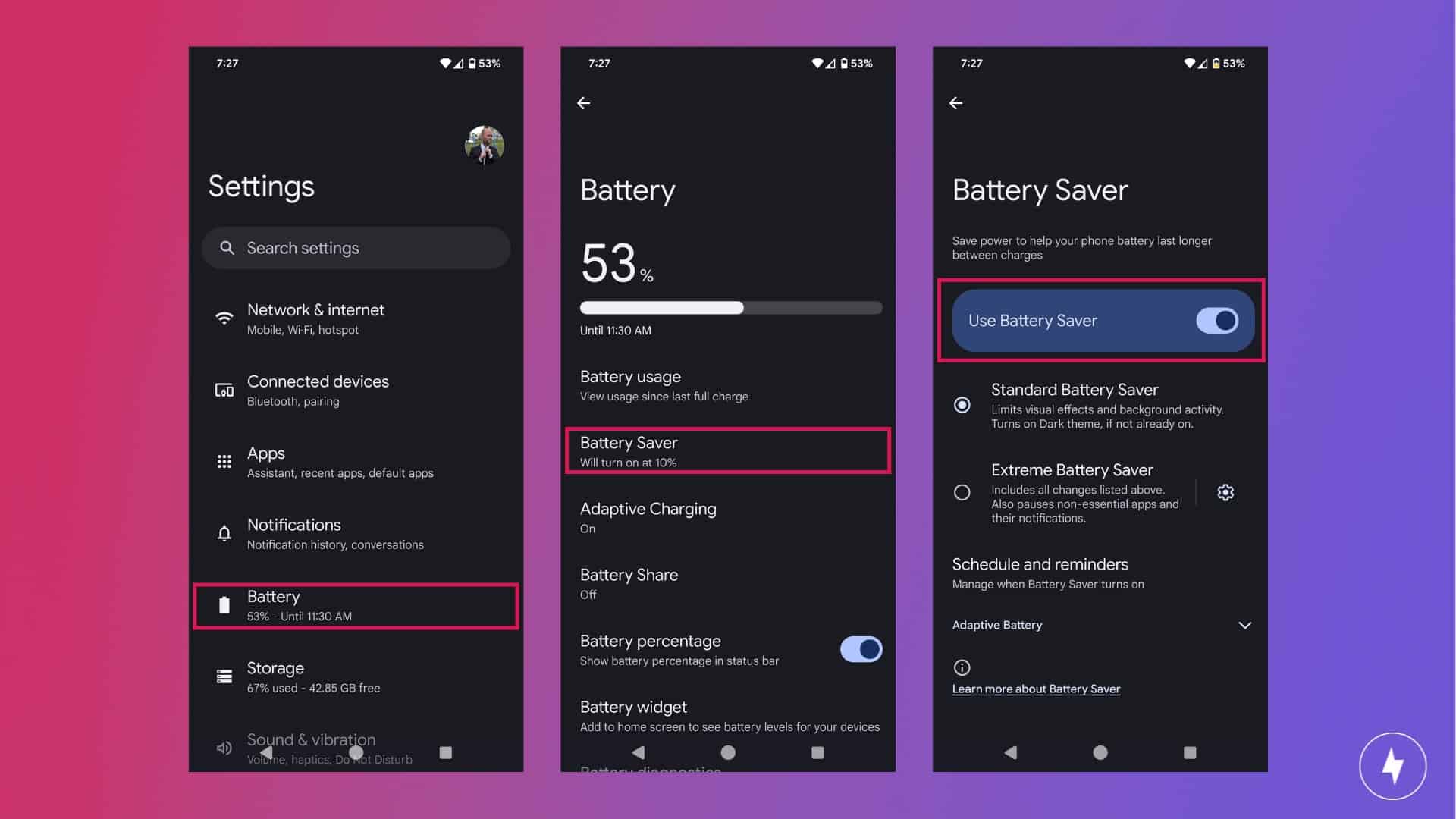
- Open Settings and tap Battery.
- Tap Battery Saver.
- Toggle off the Use Battery Saver setting.
Switch to the 5 GHz Frequency Band
Warning: We’re about to cover some techy terms, but stick with us! Hotspots use two different frequency (or radio) bands to broadcast Wi-Fi: 2.4 GHz and 5 GHz. The 2.4 GHz frequency band is best for longer distances, but the 5 GHz frequency band delivers faster speeds over shorter distances, making it perfect for a hotspot only a few feet from your devices. Switching to the 5 GHz frequency band could improve your hotspot speed, and it’s easy to do.
On an iPhone
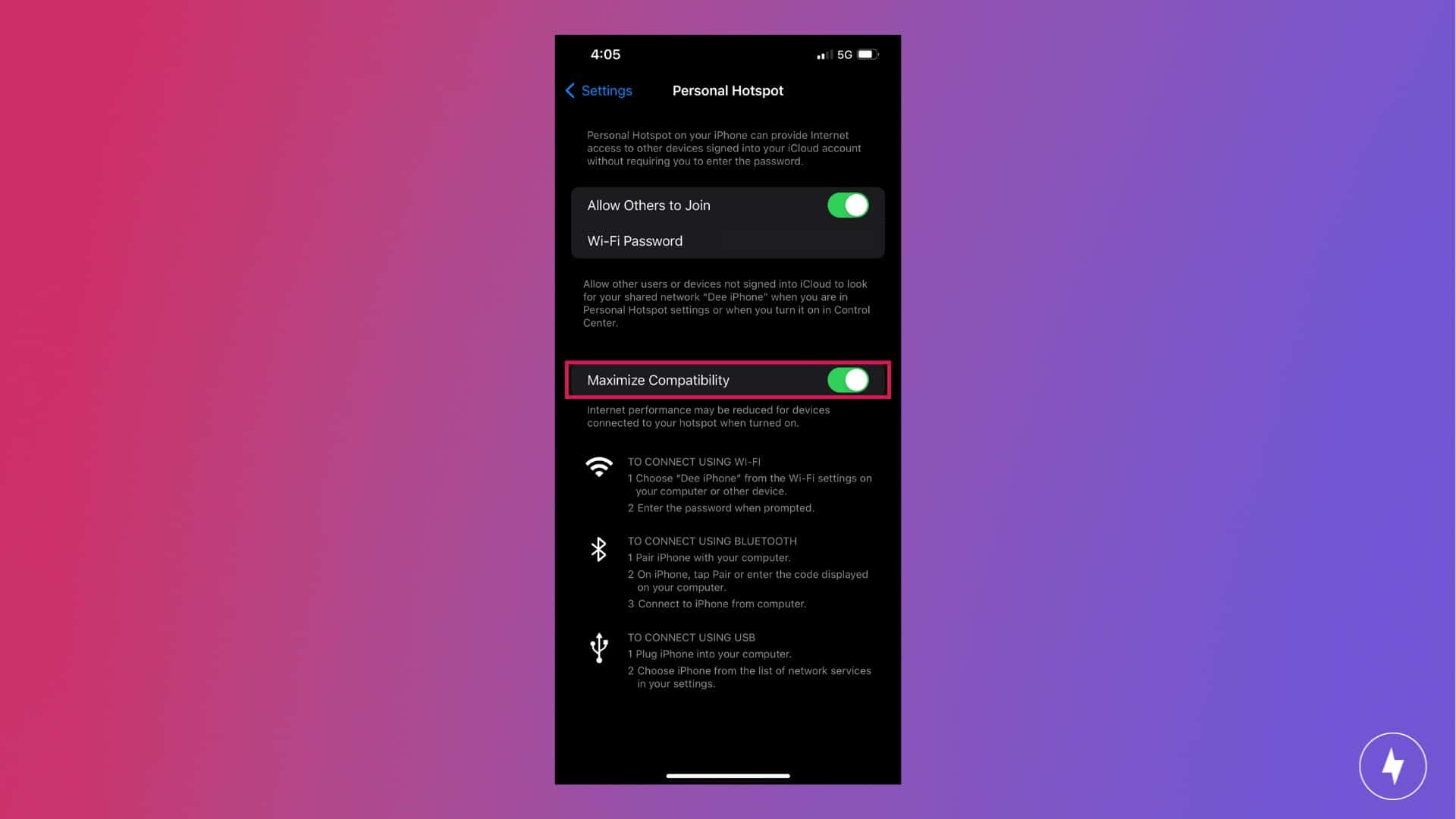
- Open Settings, then tap Personal Hotspot.
- Scroll down and toggle off the Maximize Compatibility setting.
On an Android
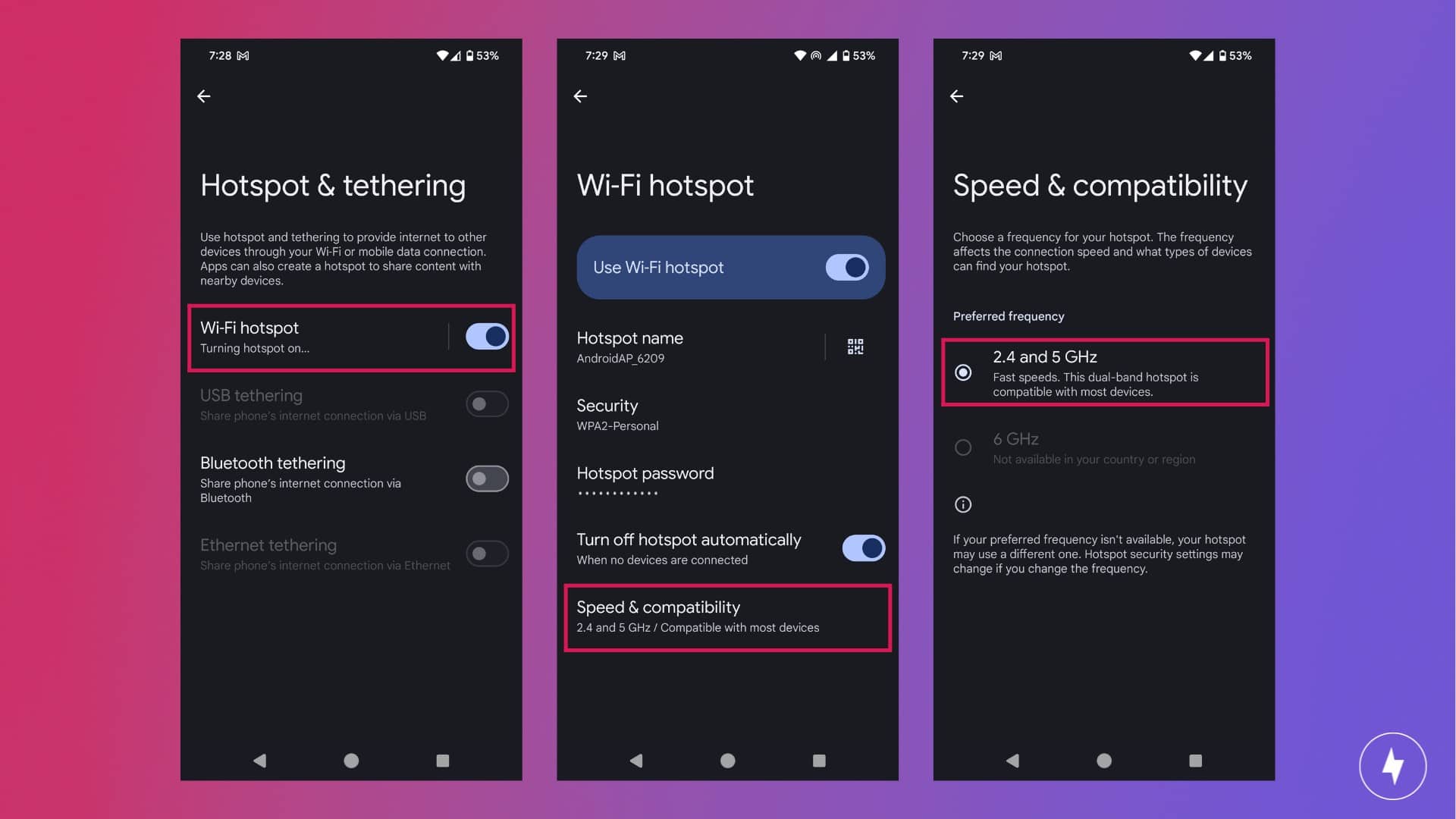
- Open Settings and tap Network & Internet.
- Tap Hotspot & Tethering.
- Tap Wi-Fi Hotspot.
- Toggle off the Extend Compatibility setting.
No Two Phone Settings Are Alike: These hotspot tips and tricks may vary slightly from one phone model to the next. If you’re having trouble, google “how to change mobile hotspot to 5 GHz on [your phone model name].”
Update Your Devices
Updating your devices is essential to ensuring your hotspot runs quickly and smoothly. If your devices run on older software, it could be causing slow speeds or other connectivity issues. Check to see if any updates are available for your phone and the device connected to your hotspot.
Disable Background App Refresh
Apps on your phone can refresh in the background while you’re not using them, slowing down your hotspot. Preventing apps from refreshing is easy with the steps below.
On an iPhone
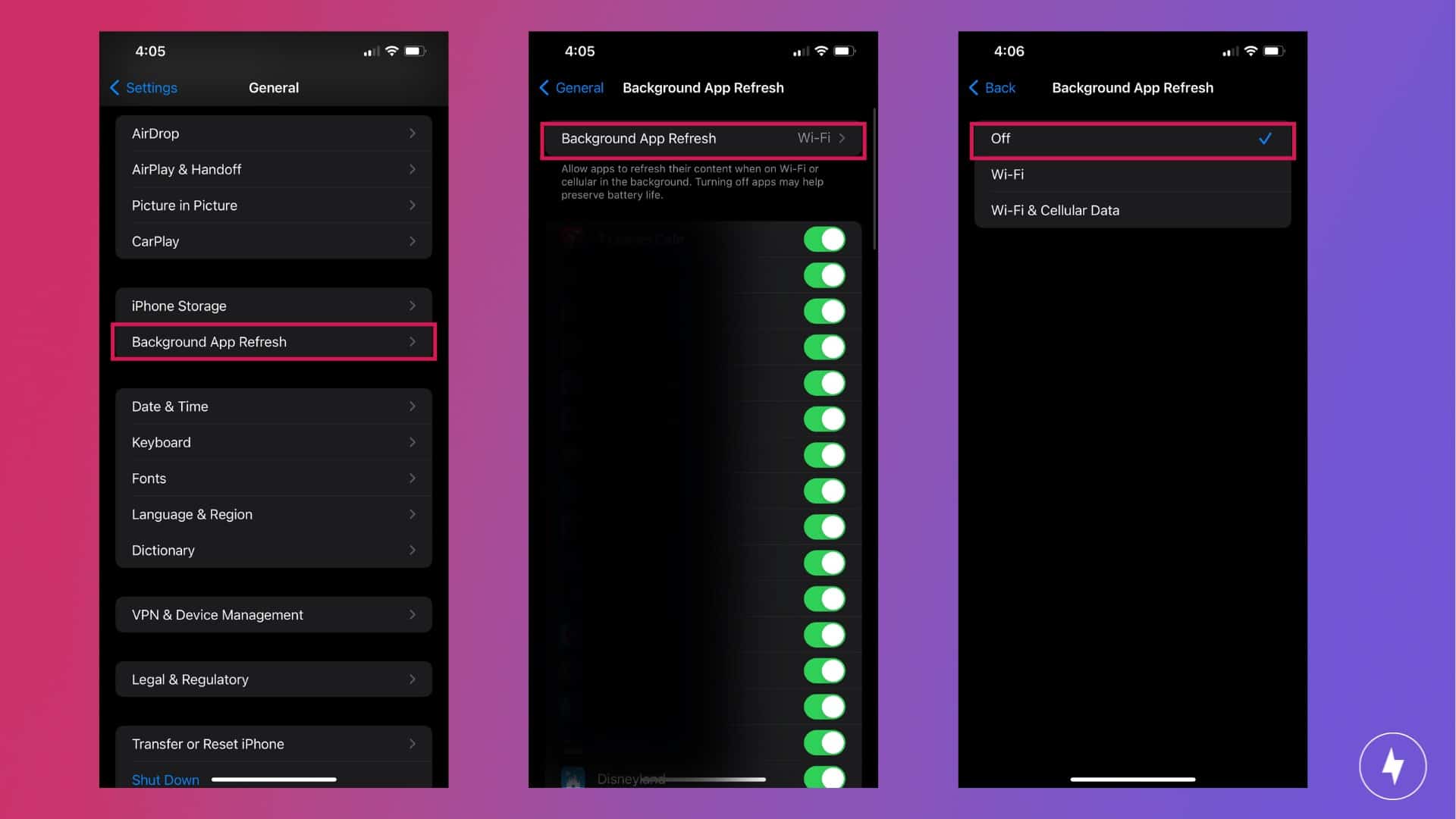
- Open Settings and tap General.
- Tap Background App Refresh.
- Tap Background App Refresh again.
- Tap Off.
On an Android
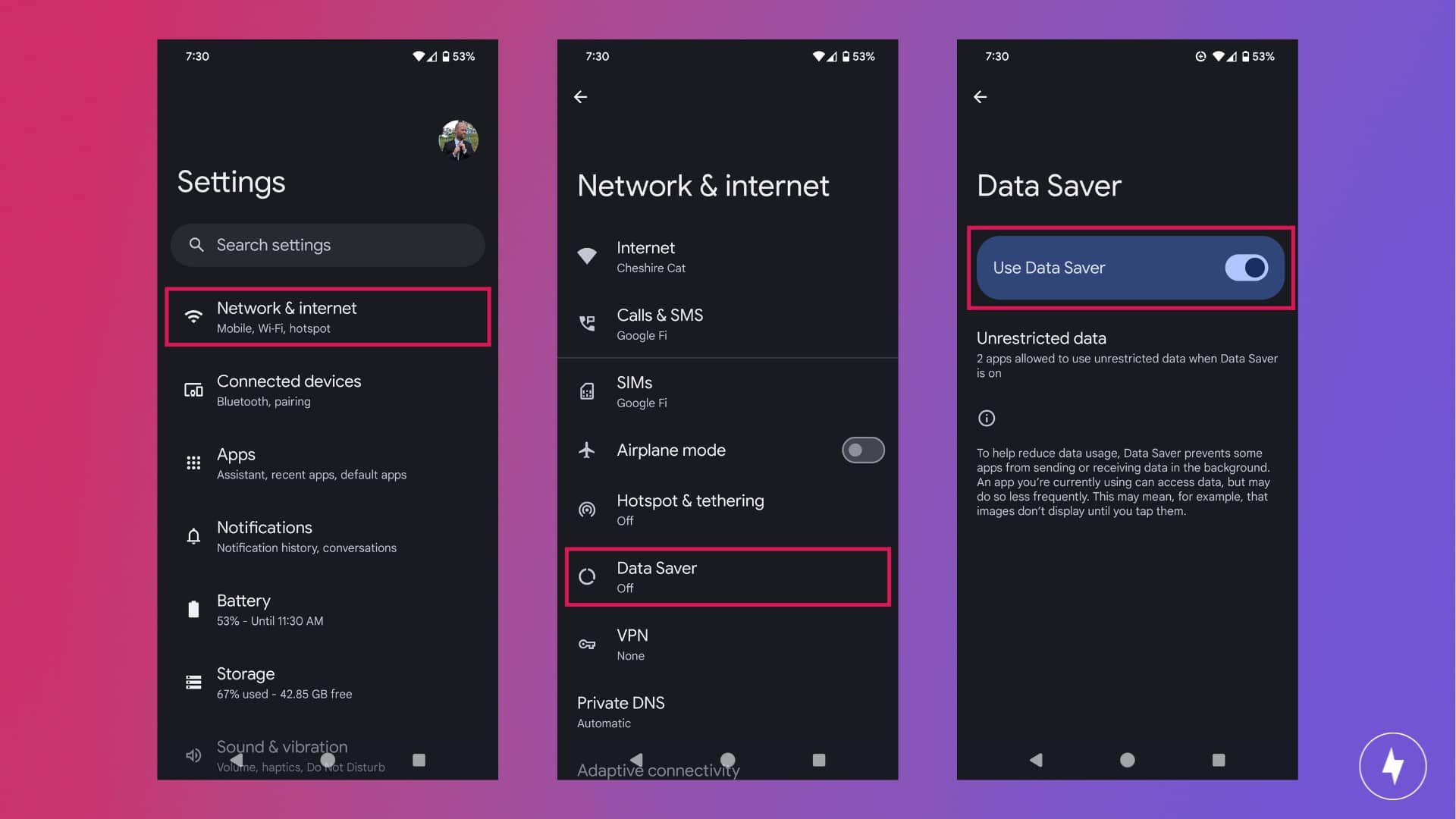
- Open Settings and tap Network & Internet.
- Tap Data Saver.
- Enable the Use Data Saver setting.
Make Sure to Password Protect Your Hotspot
This advice may seem like a no-brainer, but if your phone’s hotspot isn’t password protected, anyone nearby could access it and slow down your connection. Make sure you have a password set up.
Check Your Cell Reception
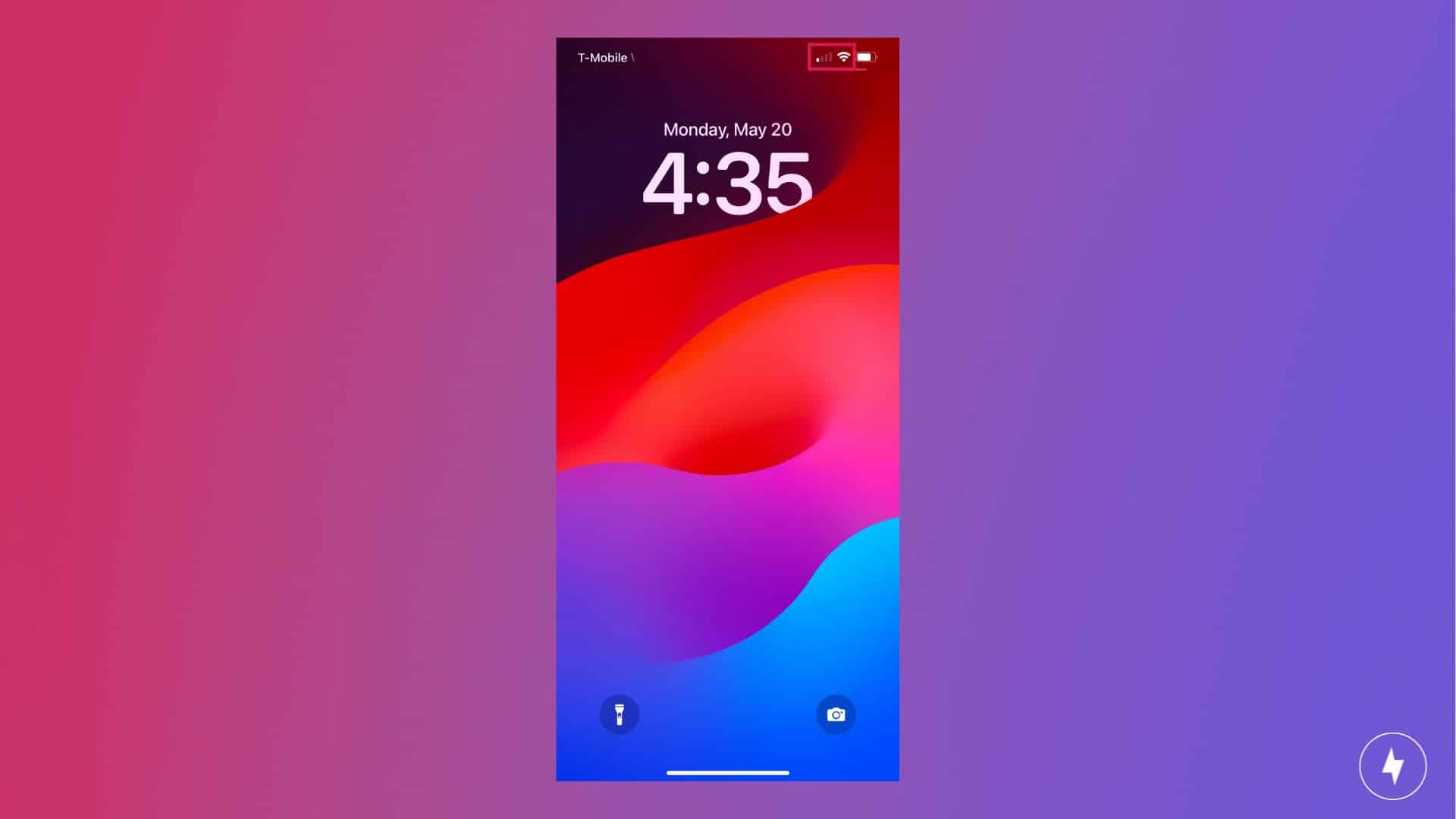
If you’re using your phone as a hotspot and you have only one bar of signal, you’ll probably experience slow speeds. Mobile hotspots receive internet signals from cell towers, so poor cell reception also means poor hotspot speeds. For optimal speeds, try to use your hotspot only in areas where you have at least three bars of cell reception.
Avoid Peak Usage Times
Just like we experience congestion when lots of people are on the freeway during rush hour, our phones can experience network congestion during peak usage times. These times vary by location and carrier, so you can start by identifying peak times in your area. If you consistently notice your phone or hotspot is slow from 5 p.m. to 6 p.m. every evening, that probably means it’s a peak time. Do your best to avoid using your hotspot during those hours.
Check Your Speeds: Want to find out just how fast (or slow) your hotspot speed is? Try our free internet speed test.
Don’t Let Your Device Overheat
You may experience slower speeds and a laggy connection when your device overheats. If your phone feels hot, it’s time to cool it down. To prevent your device from overheating, you can take regular breaks during heavy usage, make sure your phone isn’t sitting in direct sunlight, and turn off any features you’re not currently using.
Consider Your Hotspot Placement

Just as you can optimize router placement to improve home Wi-Fi speeds, you can optimize your hotspot placement. Here are a few tips:
- Keep your hotspot close to you, since the signal will weaken over longer distances. It’s best to keep your hotspot within 5 feet of you.
- Elevate your hotspot, and avoid setting it on the floor.
- When possible, place your hotspot near a window without any obstructions.
- Keep your hotspot uncovered. Don’t place your hotspot in a bag, purse, drawer, or cabinet. Set it next to you, and don’t cover it with a book, magazine, or other object.
- Ensure there aren’t any obstructions between your hotspot and the device you’re connecting to, since certain objects can cause interference. Avoid these everyday items that can impact your cell signal: thick or dense walls, fish tanks, water coolers, electronic appliances, trees, large buildings, and reflective surfaces.
Tried Everything and Still Have a Slow Hotspot?
If you have tried all these tips and you’re still wondering why your hotspot is so slow, you have two options:
- Purchase a portable internet device. If you’re using your phone as a hotspot and it’s unreliable, or you’re going through your data allotment too quickly, consider purchasing a dedicated mobile hotspot device. The devices act as mini portable routers that work just like the hotspot on your phone. You can visit our list of the best portable internet providers to learn more.
- Consider switching to a new carrier. A slow hotspot may be just one part of a larger problem. If you’re constantly dealing with poor cell reception, dropped calls, unreliable service, or slow data speeds, consider switching to another cellular carrier.